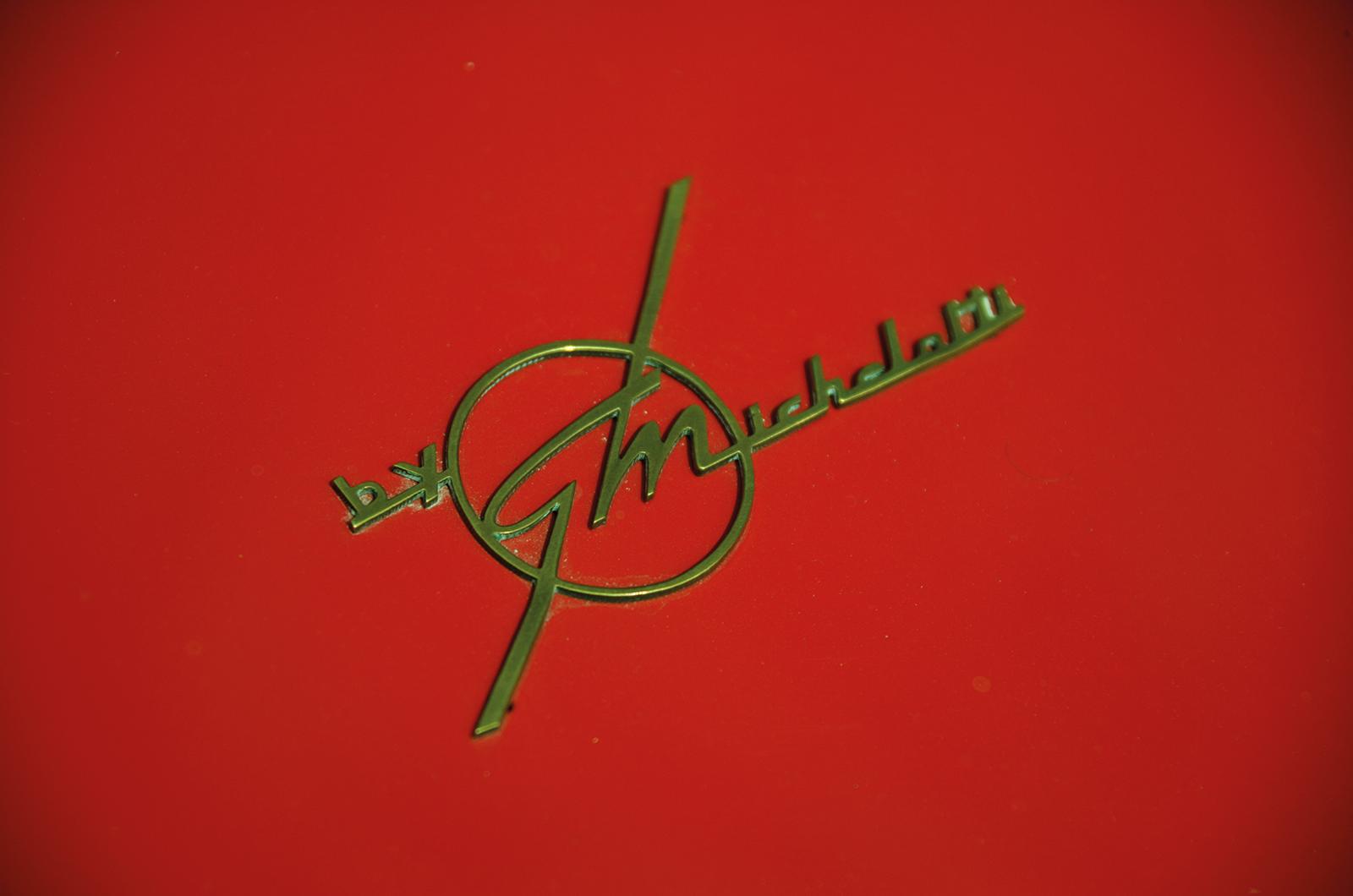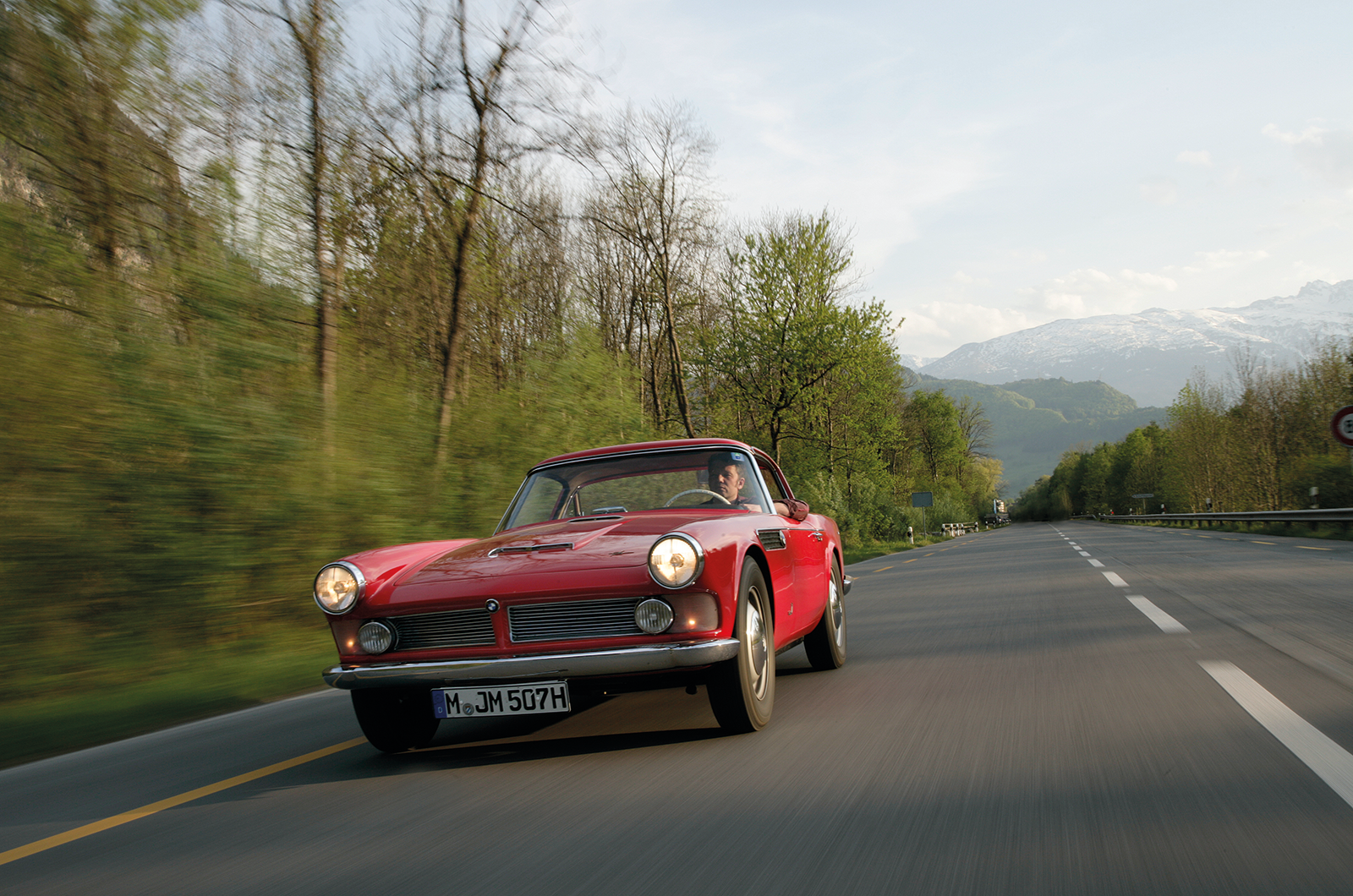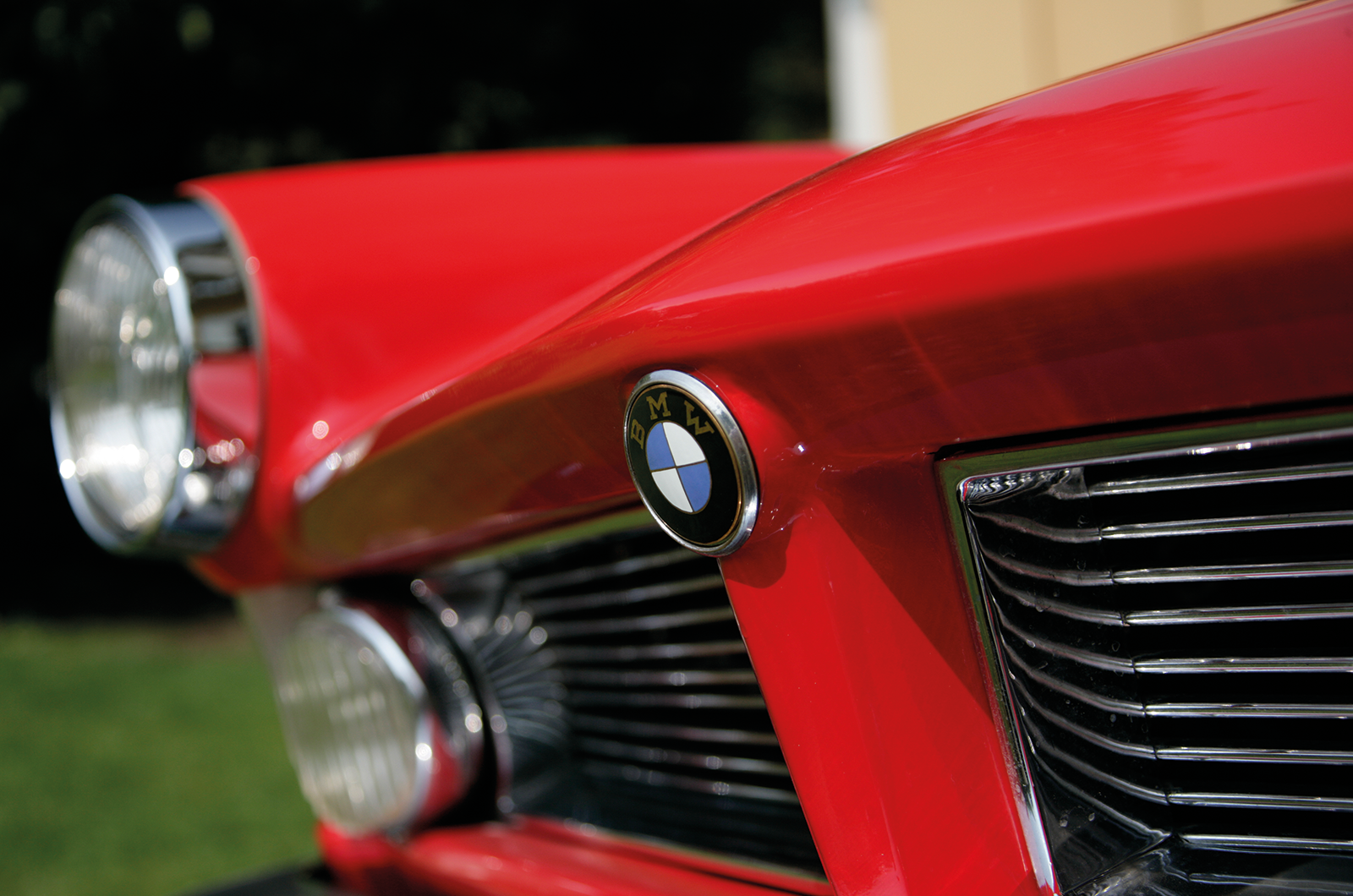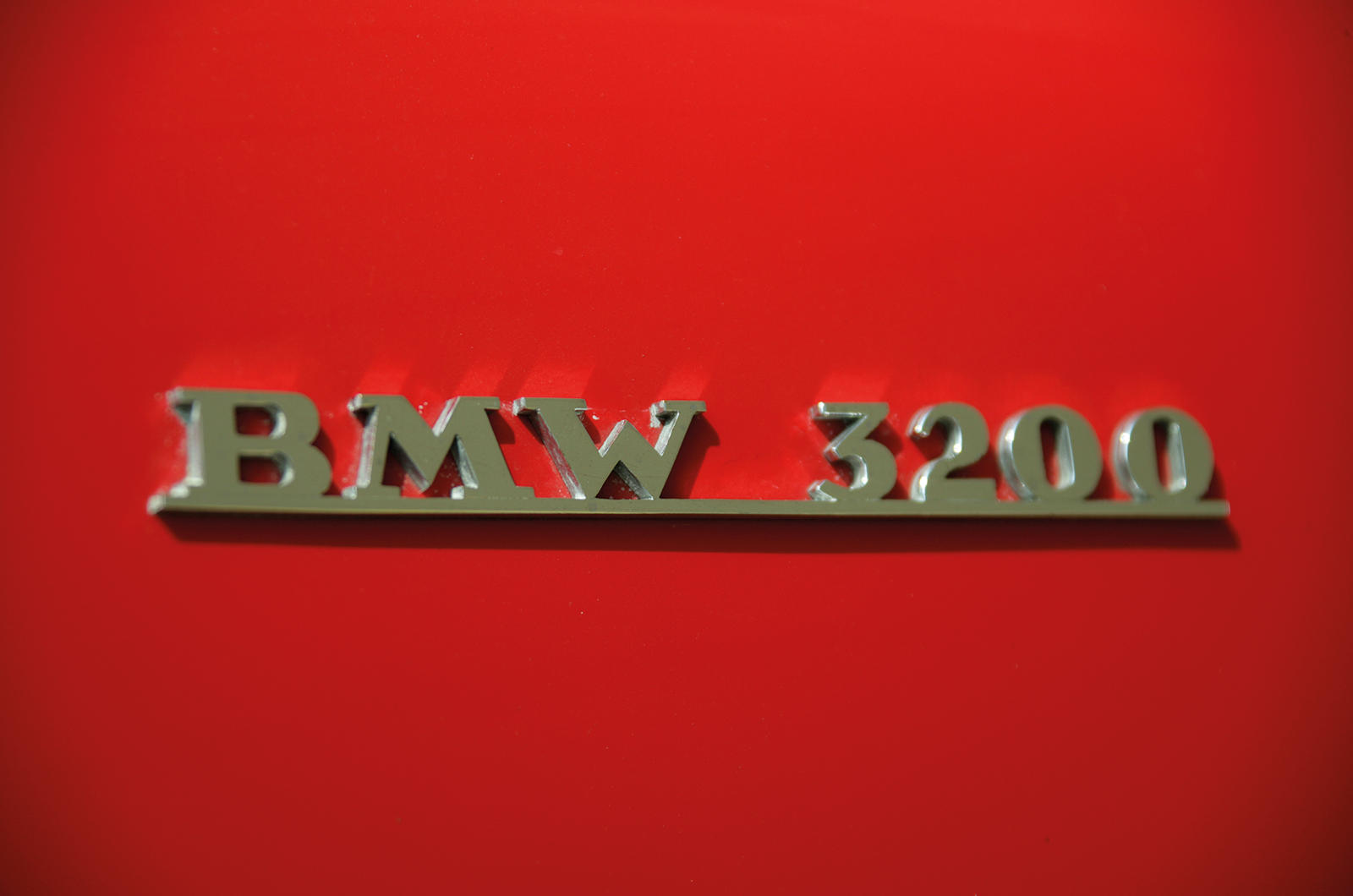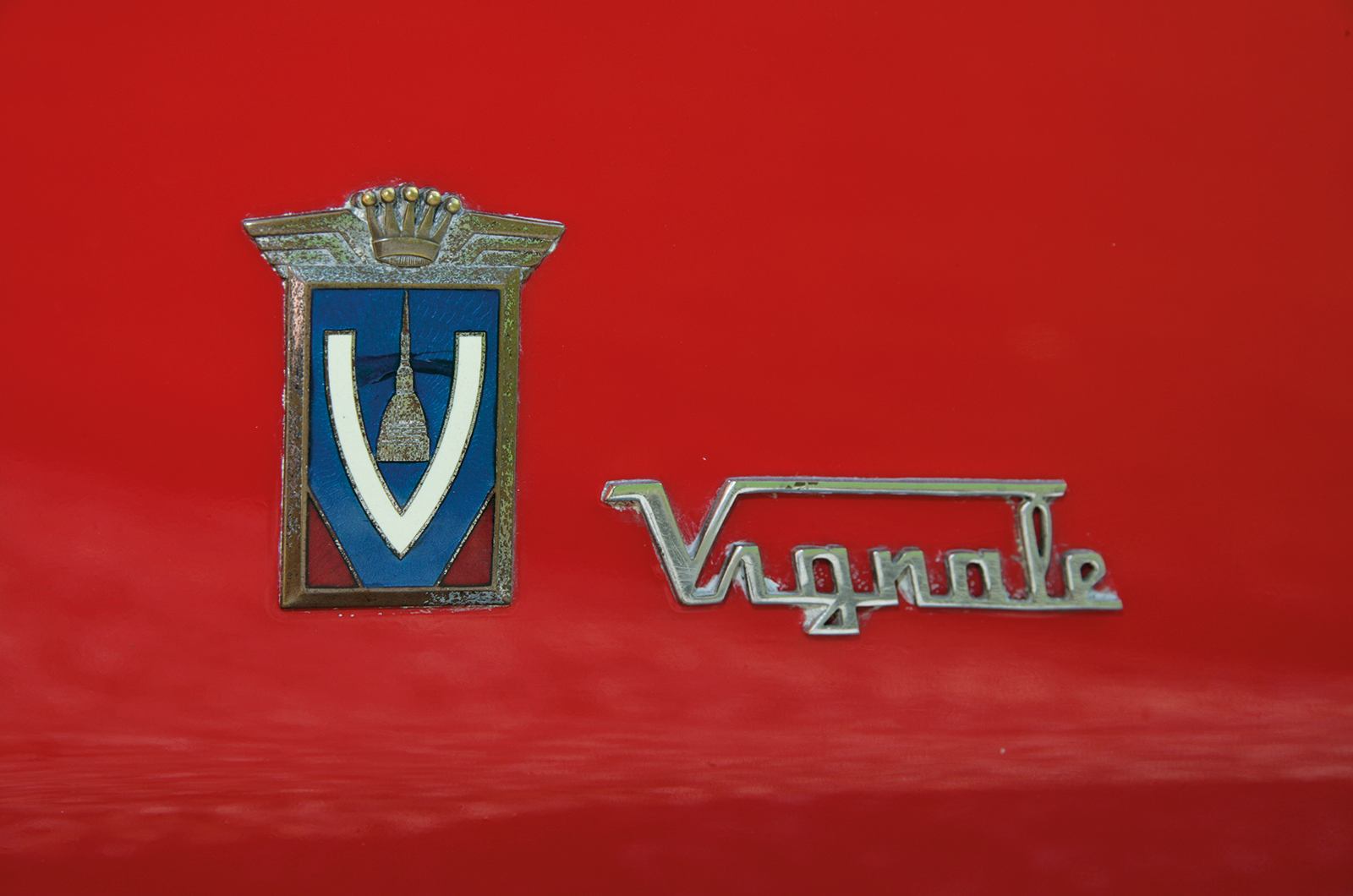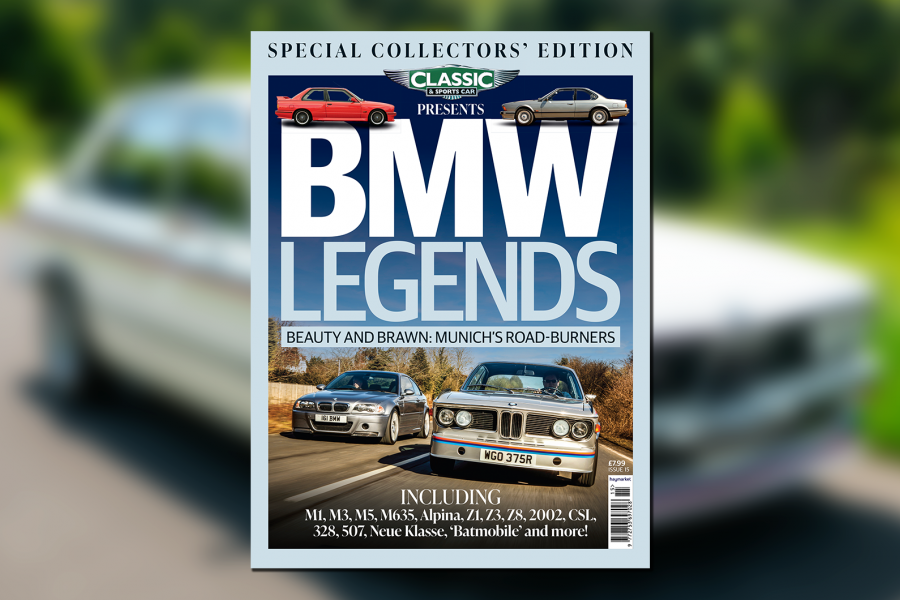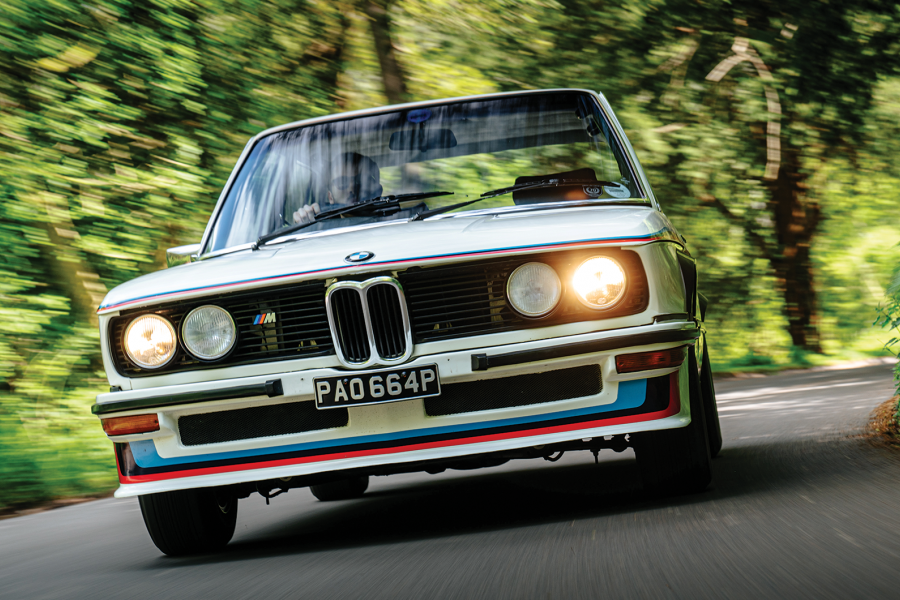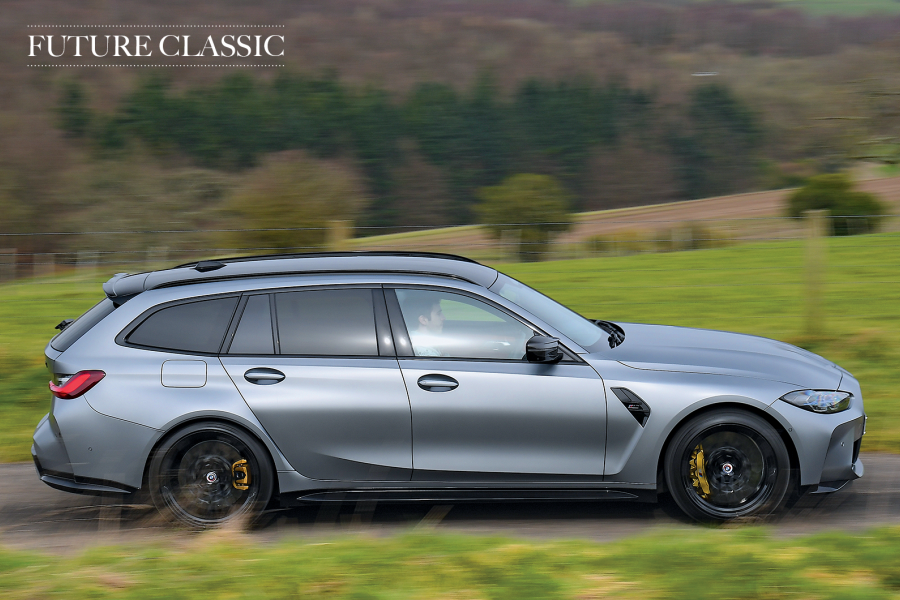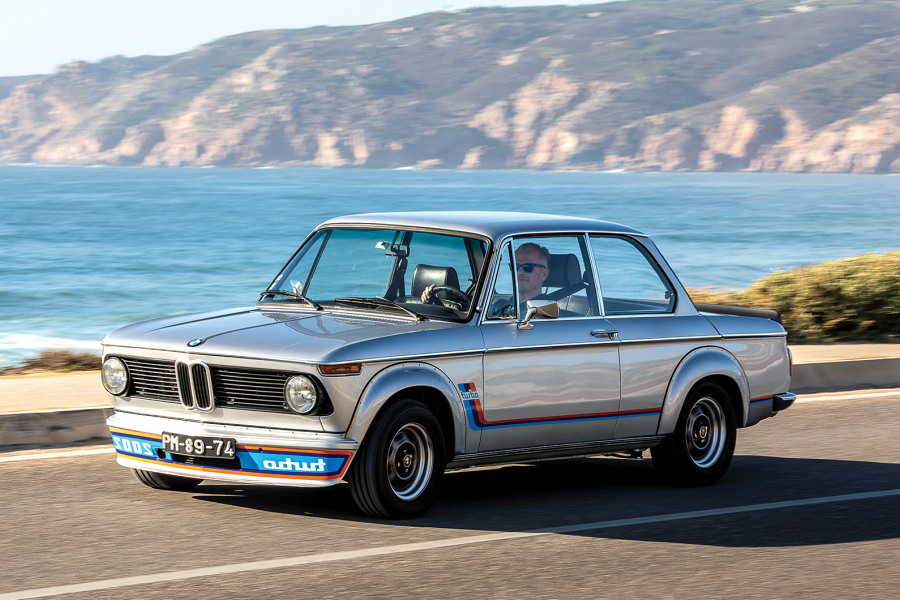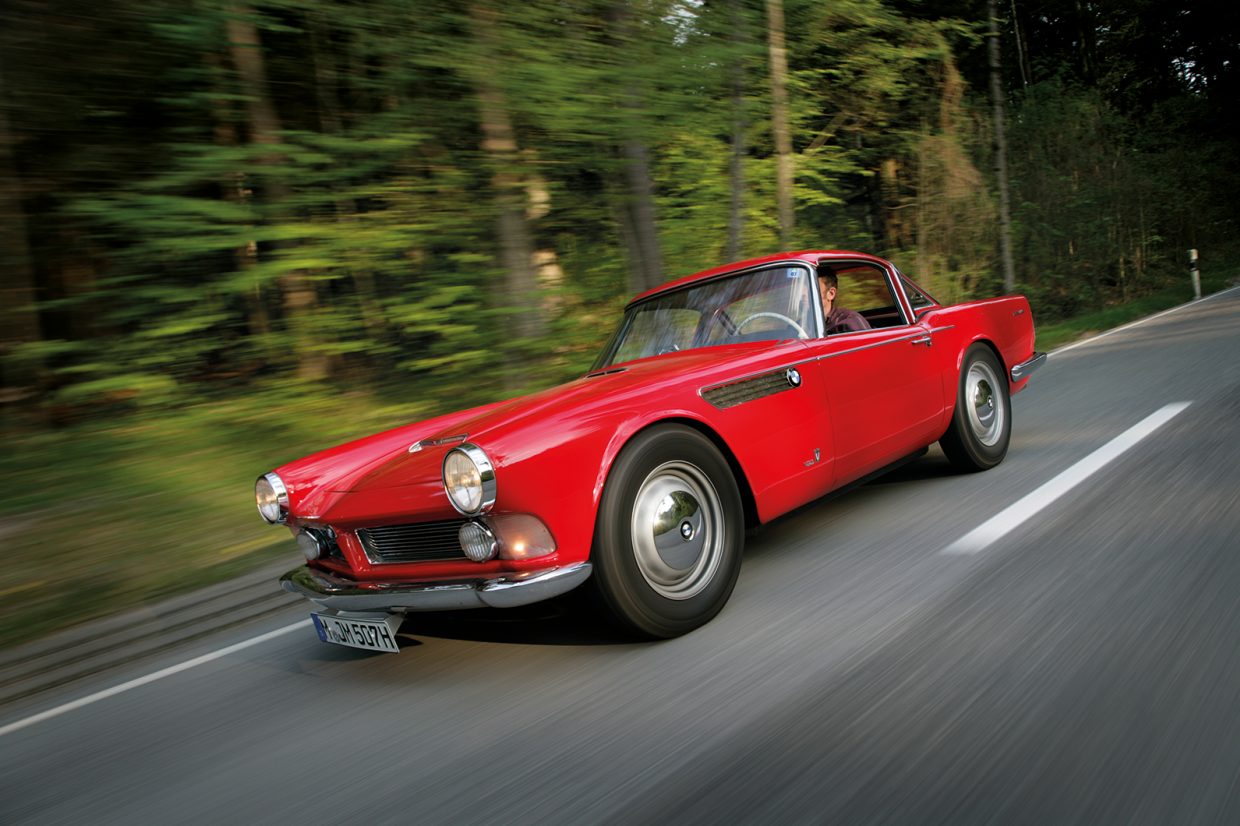
There is something surreal about driving a glamorous one-of-its-kind car such as this Michelotti 507 with nobody to chaperone you.
Once it was just a picture in a book, a forgotten if elegant curiosity in the narrative of the great BMW. But here it is in the metal, real and alive in the bright Alpine sunlight of an afternoon in Switzerland.
Just seeing it would be remarkable enough – soaking it up from every angle I realised I had no real sense of what it looked like from the front, only an image of its rear three-quarters. But here I am gunning it through the countless hairpins of the San Bernardino Pass, all howling tyres and gratuitous throttle blipping, driving a classic transcontinental journey in the one-and-only 507 Michelotti (courtesy of Vignale).
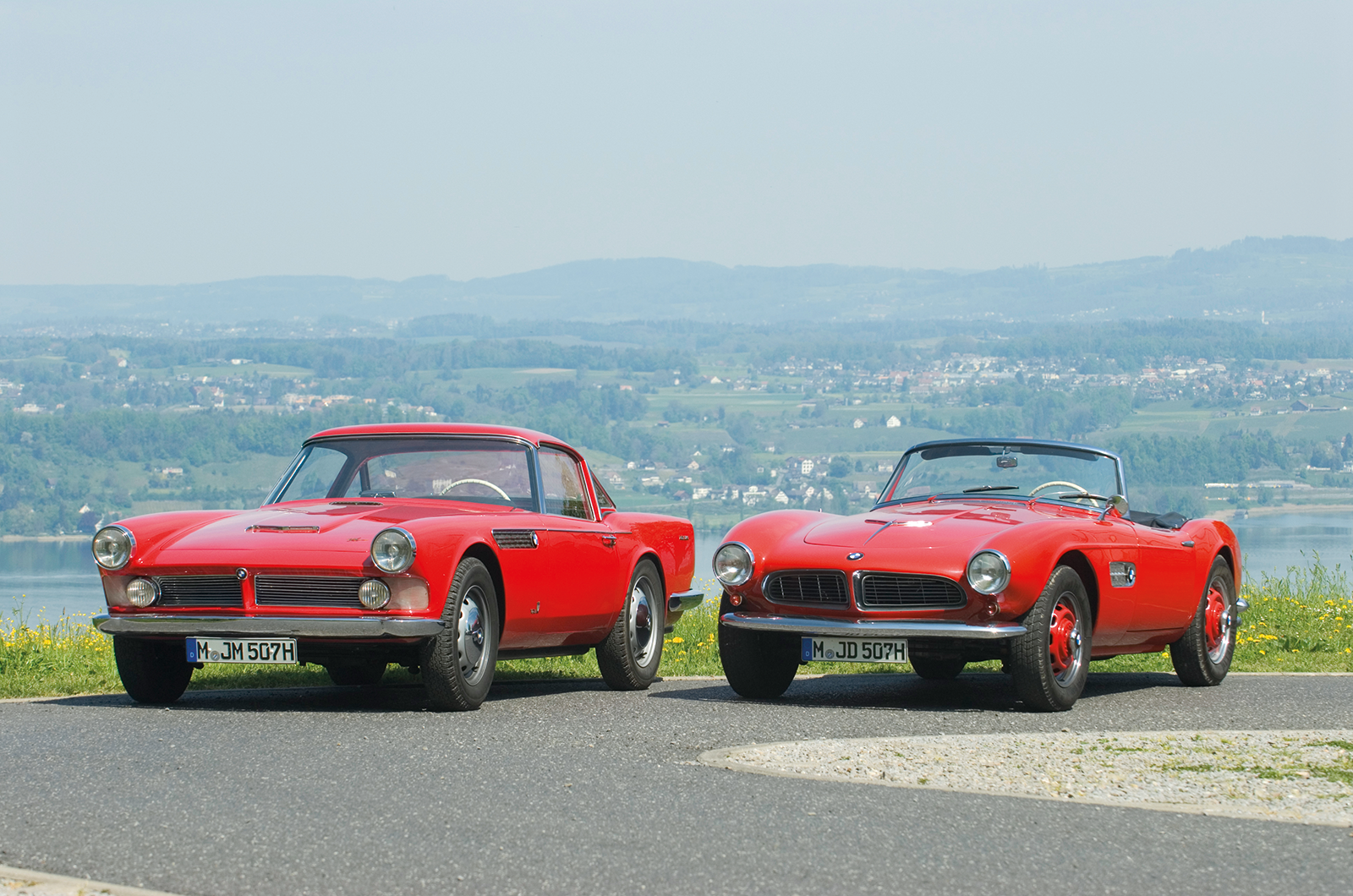
Driving – more sedately – through some of the Swiss towns and villages, I wonder if the people sipping beers and coffees in the cafés recognise the significance of this obscure show car as it drives by – big, throaty and mean.

